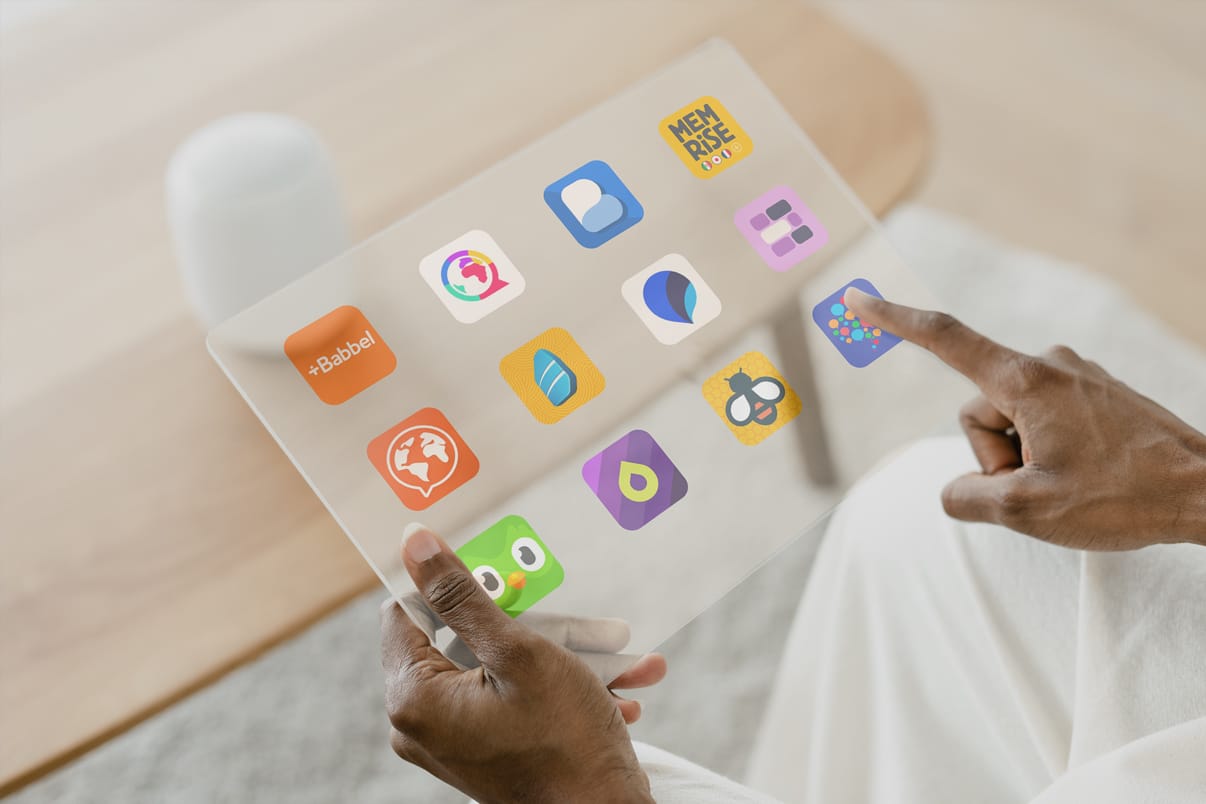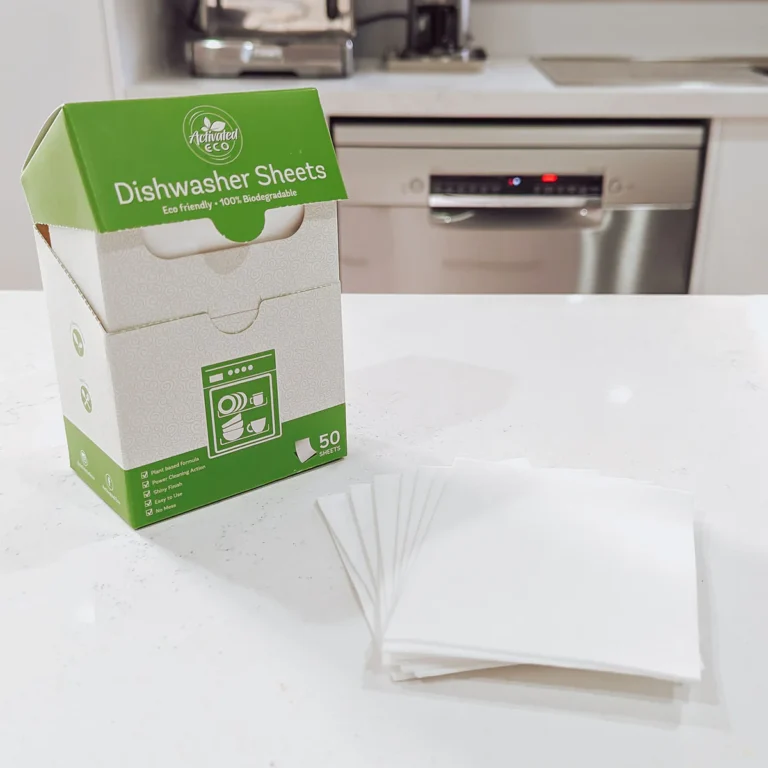3 Best Language Learning Apps to Learn Spanish
Learning a new language is exciting, but at the same time, it can be a little confusing since you probably don’t know where to start.
I was in your position a year ago. Spanish seemed like the best language to learn since 19.1% of the U.S. population consists of Hispanics. So, I tested several apps, trying to find the best ones for learning Spanish.
In this article, I’ll highlight some of them. Some of the apps have built-in video lessons as well as live classes, which is why we recommend having a fast and reliable internet connection. I recommend Cox since I’ve been using it for a long time. I particularly feel proud of my Spanish-learning journey, since I’ve learned the language in a year, and finally got to test my skills by calling the Cox Customer Service and talking to their customer representative.
But enough about me. Here are my picks for three of the best Spanish learning apps.
- Babbel
| Pros | Cons |
| High-Quality LessonsHelpful Instructions for BeginnersChallenging ContentLive Classes | A Little ExpensiveLayout isn’t Clear for Beginners |
Babbel is a language learning platform that allows users to learn at their own pace.
One thing we loved about the service is that the instructions they provide are good and the app is more challenging than many other language learning apps. However, the exercises can get a bit tedious at times.
The app offers in-depth Spanish lessons and a small portion of the service can be used for free. However, the free tier won’t give you enough lessons to keep you engaged for a long time.
Their prices have gone a bit up in the past few years. Still, their subscription model is very fair, especially if you want to learn multiple languages.
A unique part about this platform is that they also offer Babbel Live, which are online group classes where you can learn a language similar to a school. You only get two classes for free and the rest are paid using a subscription.
The material for every language is unique and courses have a clear structure. There are levels, which contain courses, each with multiple lessons.
We highly recommend using Babbel for learning Spanish, especially if you take their Live classes.
- Duolingo
| Pros | Cons |
| User-Friendly InterfaceGamified Learning ModelInteractive ExperienceSuitable for Beginners | imited Conversational OpportunitiesLack of Cultural Context |
Looks like you missed your Spanish lesson today.
Duolingo became extremely popular with the language learning community for not only making great courses but also some amazing memes.
The app has a casual, gamified learning system featuring a free pricing model that even rivals a lot of expensive paid courses. The app has self-paced courses similar to Babbel and features one of the best beginner-friendly Spanish courses.
The company promises to keep the app free forever, and it keeps up its promise by offering a paid membership and ads in the free version. Duolingo is also very organized and has a well-defined structure. The app displays all the modules of a language in order.
Each module has a topic and they have multiple lessons. You need to pass several lessons to unlock the next module. You can go through the lessons in chronological order and head back to any lesson you want.
In the lessons, you’re mainly learning to translate from your primary language into the one you’re learning. Duolingo also features a lot of reading and listening exercises that help you learn languages using podcasts.
Considering the amount of value you get, Duolingo is one of the best language learning platforms to use, especially for beginners.
- Rosetta Stone
| Pros | Cons |
| Certified Native-Speaking TeachersYou Get a CertificateQuizzes After Each ClassAbility to Rebook a Class | Teachers Often ChangeLearning Material is Similar |
Depending on what you want to learn, Rosetta Stone can be a great language-learning platform to use.
The app has bite-sized levels that you can do in 10-30-minute bursts. The platform supports Spanish learning, offering five levels of learning, which is the highest learning level on the platform.
The five-level course has 20 units and each of the units has four chapters that have modules on speaking, listening, pronunciation, and reading. All chapters conclude with a lesson that simulates a conversation.
The modules can contain up to 30 exercise pages and each page has up to eight boxes with a word or a sentence with audio and text. These exercises are similar to school tests like fill-in-the-blank, MCQs, and writing.
The language learning platform you choose in the end depends entirely on your needs and style. Some, like Duolingo, offer casual learning and can be great if you’re looking to start slow when learning Spanish. However, platforms like Babbel and Rosetta Stone can be great if you’re looking for more in-depth lessons that can help you learn Spanish better.
Keep an eye for more latest news & updates on Next Web Log!






